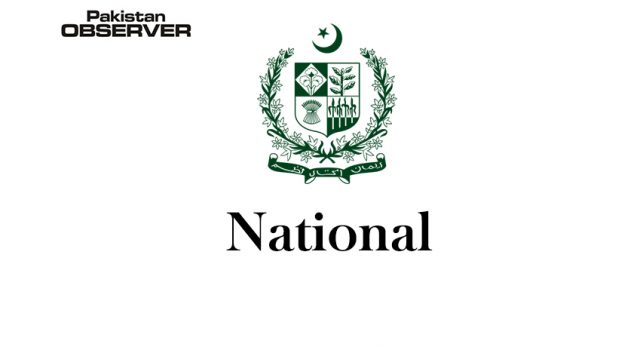The Provincial Disaster Management Authority (PDMA), Khyber Pakhtunkhwa is working on winter contingency plan 2022-23 in consultation with all the stakeholders, including the district administrations, the provincial and federal departments and humanitarian partners in order to minimize disaster risks, identify hazards, risks and resource mapping for minimizing disaster risks and ensuring timely coordinated response.
In this connection an important pre winter planning and orientation meeting was held under the chairmanship of PDMA Director General Sharif Hussain here on Monday. Additional Deputy Commissioners (Relief) and concerned officers from District Administrations, Line Departments, representatives of UNDP GLOF 2 project along with the concerned staff of PDMA participated in this session.
Director General Sharif Hussain said that during last monsoon the province suffered from heavy floods and torrential rain. Due to early warning PDMA, district administration and other relevant departments evacuated 406,568 people to safe places before the floods while 69,775 people were rescued through rescue operations in different districts.
He appreciated the hard work and role of district administration during rescue operation, Relief and Rehabilitation phase of these hours of need. PDMA developed the Monsoon Contingency Plan 2022 with the consultation of District Administrations. Our collaborative response is appreciated at all national and international levels. The same spirit and coordination is expected from all the concerned departments and partners for Winter Contingency Plan 2022-23.
He further said “we started the process of Winter Contingency Planning by involving all stakeholders and winter contingency plan will be developed by the mid of November. Tools for data collection are developed and shared with all stakeholders including information regarding district and sector-specific hazards and vulnerability profile, hazard impact, damages, compensation paid, resource mapping, need assessment and coordination”.
He added that “Under the coming contingency plan, the Authority would make efforts to minimize the losses likely to be caused by the disasters,”. The natural hazards include winter hazards of extremely low temperature, fog, smog, snowfall, rainfall, landslides, flash floods, seismic activity along the mountainous north and west.
The Winter Contingency Plan will categorise the districts’ Vulnerability and Risk Assessment into very high, high, medium and low categories. Each weather pattern comes with its own sets of contingencies. The peculiar geography, terrain and natural resources make the Province of Khyber Pakhtunkhwa heir to a number of climate contingencies during both summers and winters. Some regions of Khyber Pakhtunkhwa such as Malakand and Hazara Divisions, by virtue of their high altitudes, are exposed to weather extremes in winter spreading around four months from December to March.
The low temperature, fog and smog, snowfall, rainfall, landslides, avalanches and the consequent blockade of roads and pathways resulting in inaccessibility of the areas are some of the common features.
Director of Disaster Risk Management PDMA Muhammad Amin said PDMA has initiated the process of introducing a proactive preparedness regime under guidelines established by the National Disaster Management Authority (NDMA) for streamlining response at provincial and district levels in coordination with all stakeholders.
The process of contingency planning for major hazards shall enable the initiation of required mitigation measures and undertake a coordinated response to minimize the loss of life and property in the events of disasters.
It is stakeholders’ inclusive exercise that takes stock of what exists in terms of resources and hazards analysis to determine the likely relief caseloads as a planning assumption. Spokesperson PDMA Taimur Ali said winter hazards occurring through December to March were accentuated by heavy precipitation in the upper mountainous regions of the province. He said, Snow, avalanches and landslides either target vulnerable communities or isolate them by disrupting communication networks.










